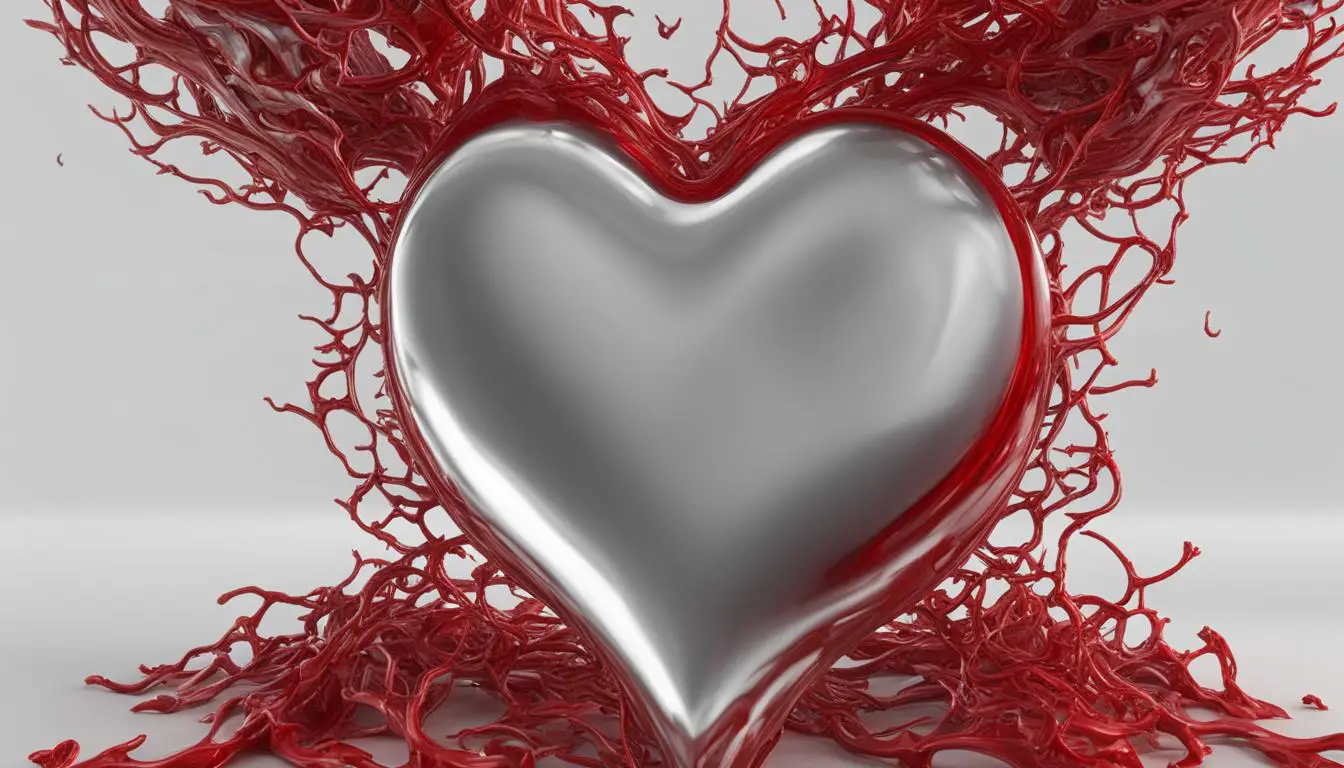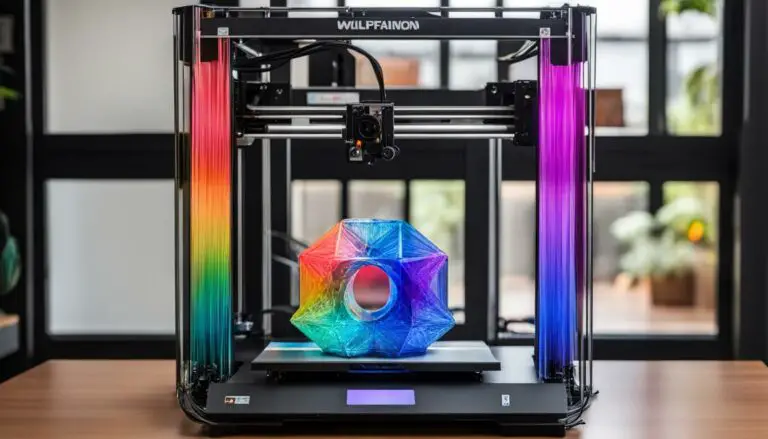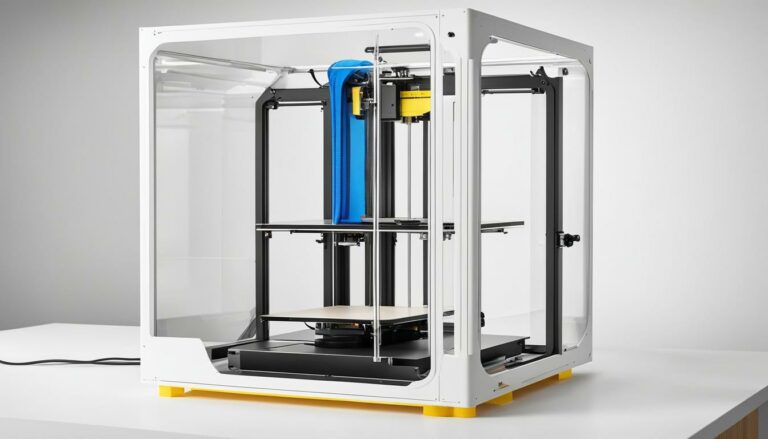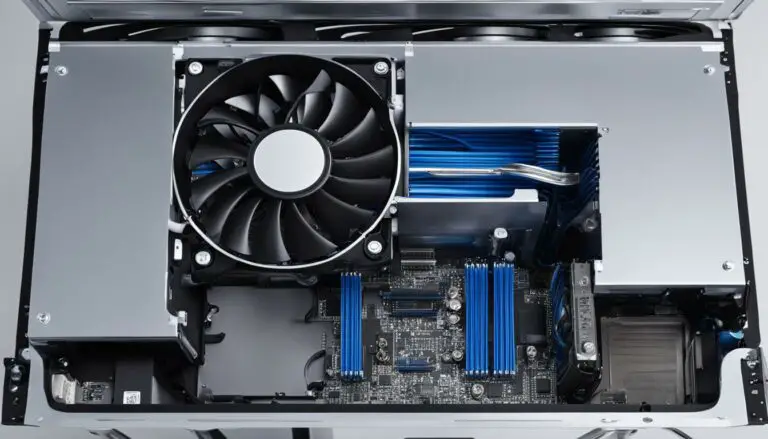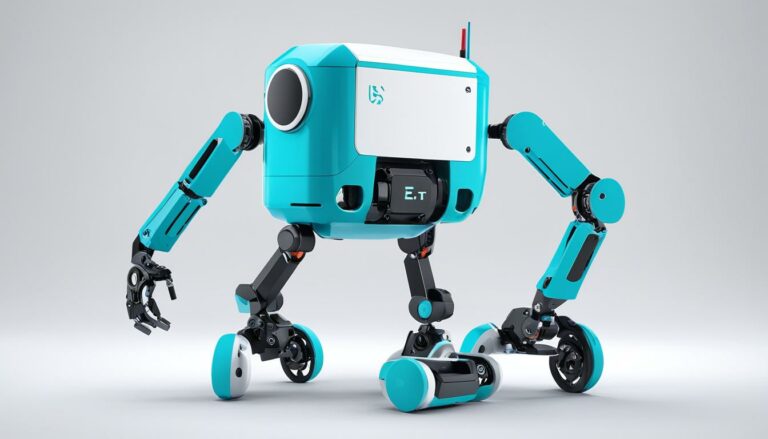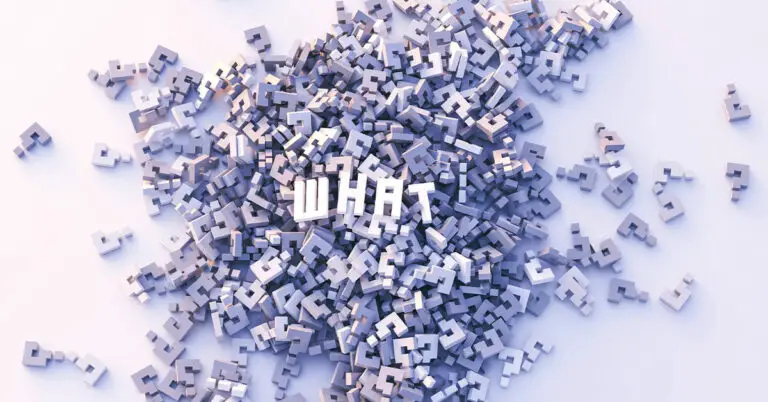Your Guide to Mastering the Heart 3D Model
Originally posted on December 15, 2023 @ 4:38 pm
Let’s explore the captivating realm of crafting a 3D model of the heart. Whether you’re a scholar, teacher, or simply curious, becoming proficient in constructing a 3D model of the heart can enhance your comprehension of its anatomy and functions.
Creating a heart 3D model doesn’t have to be complicated. In this guide, we’ll explore easy steps and various methods to bring your heart model to life. From simple playdough models to hands-on balloon models and intricate clay models, there’s something for everyone. So let your creativity flow and embark on this educational journey with us!
Key Takeaways:
- Mastering the creation of a heart 3D model provides a deeper understanding of its anatomy and functionality.
- Various methods, such as using playdough, Styrofoam cups and balloons, or modeling clay, offer unique approaches to constructing a heart 3D model.
- Creating a detailed and realistic heart model can be achieved using modeling clay, allowing for intricate visual appeal.
- Exploring the science and technology behind the heart enhances your understanding of its complexity.
- Unleash your creativity, follow the easy steps, and discover the art of the heart 3D model.
Method 1 – Creating a Playdough Heart Model
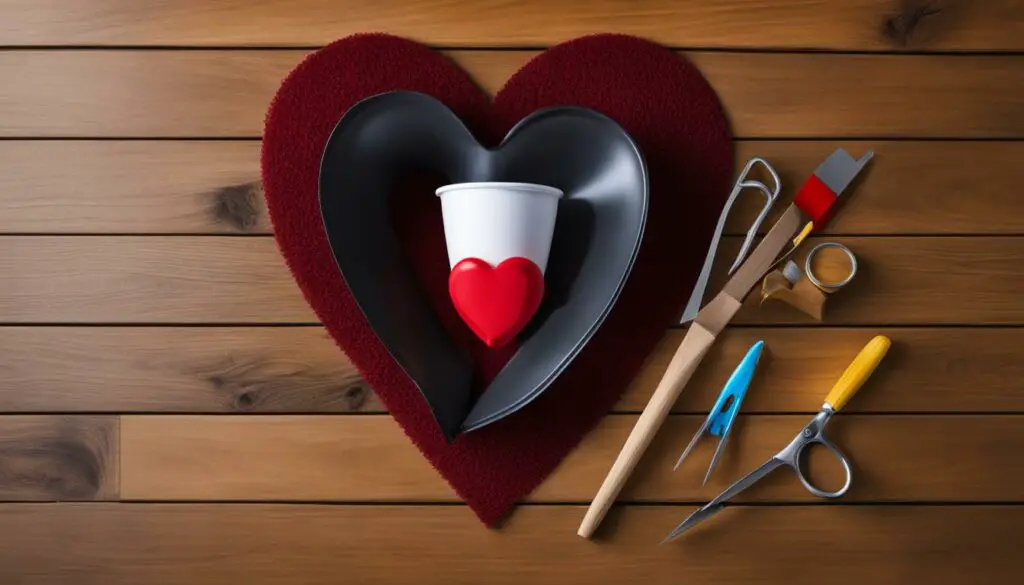
Here’s how you can create your own Styrofoam cup and balloon heart model:
Gather the Materials
- 1 Styrofoam cup
- 1 balloon
- Scissors
- Water
- Red food coloring (optional)
Construct the Model
- Start by cutting the balloon in half, keeping the round end intact.
- Fill the Styrofoam cup with water, leaving some space at the top.
- Stretch one of the cut balloon halves over the cup, ensuring it is tightly secured.
- Gently squeeze the balloon to simulate the contraction of the heart, causing the water to be pumped out.
- Release the pressure on the balloon to mimic the relaxation of the heart, allowing the cup to refill with water.
- If desired, add a few drops of red food coloring to the water to represent oxygenated blood.
By repeating the squeezing and releasing actions of the balloon, you can observe how blood is pumped from the heart and circulated throughout the body. This hands-on approach provides a visual representation of the heart’s functionality and is an excellent educational activity, especially for children.
| Advantages | Disadvantages |
|---|---|
| Simple and affordable materials | Less anatomically accurate |
| Provides a visual and interactive demonstration | May not demonstrate all aspects of heart function |
| Can be easily replicated at home or in the classroom | Requires careful handling of the balloon to prevent popping |
Method 3 – Creating a Clay Heart Model
If you prefer a more detailed and realistic approach to creating a heart 3D model, using modeling clay is the perfect option. This method allows you to unleash your creativity and create a visually appealing heart model that can serve as an educational centerpiece or artistic project.
To create a clay heart model, start by shaping different parts of the heart, such as the lobes and veins, using your hands and clay-shaping tools. Take your time to add intricate details and ensure accuracy in the anatomical structure. Assemble the different parts to form a complete heart model, paying attention to the positioning and alignment.
Once the heart model is assembled, you can further enhance its realism by adding additional details like arteries and inner chambers. Sculpt these elements with precision, ensuring they are proportionate and properly connected to the main structure. Don’t be afraid to experiment with different textures and colors to make your model even more lifelike.
By choosing the clay method, you have the flexibility to create a heart model that captures the intricate details and complexity of the human heart. Whether you’re a student, educator, or simply an enthusiast, this method allows you to explore the beauty and functionality of the heart in a hands-on and visually engaging way.
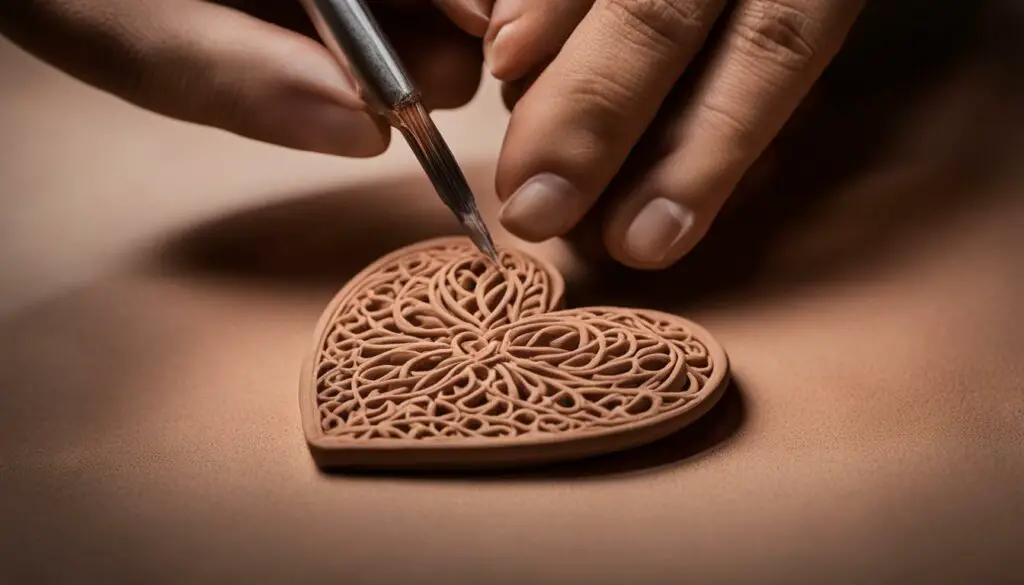
Exploring the Science and Technology of the Heart
Creating a 3D heart model not only allows you to visually understand the anatomical structure of the human heart but also provides an opportunity to delve into the fascinating world of the science and technology behind it. By exploring the different parts of the heart and how they work together to pump blood, you can gain a deeper understanding of this vital organ and its functions.
One aspect of heart science that you can explore is the use of technology in the field of cardiology. For example, artificial heart valves are used to replace damaged or diseased valves and restore normal blood flow. These valves can be mechanical or biological and are designed to mimic the natural functioning of the heart. The development of such advanced medical devices showcases the intersection of science, engineering, and medicine.
Another fascinating area to explore is the use of pacemakers in the treatment of heart rhythm disorders. Pacemakers are small devices that regulate the electrical activity of the heart, ensuring a steady and regular heartbeat. They are implanted in the body and deliver electrical impulses to stimulate the heart when necessary. Understanding how pacemakers work and their impact on heart health can provide valuable insights into the advancements in medical technology.
The science behind the human heart extends beyond medical devices. Researchers are constantly studying the heart to uncover new insights and develop innovative treatments. By creating a 3D heart model, you can engage with the existing knowledge and ongoing research in the field. This hands-on approach allows you to appreciate the complexity of the heart and its integral role in our overall well-being.
In conclusion, creating a 3D heart model not only offers a visually engaging learning experience but also provides an opportunity to explore the science and technology behind the human heart. From artificial valves to pacemakers, the advancements in cardiology demonstrate the remarkable intersection of science and medicine. By embracing the intricacies of the heart, we can better understand its functions and contribute to ongoing research in this vital field.
Conclusion
Mastering the creation of a heart 3D model allows you to gain a deeper understanding of the anatomical structure and functionality of the human heart. Whether you choose to create a simple playdough model, a hands-on balloon model, or a detailed clay model, each method provides a unique learning experience.
Through these models, you can explore the science and technology behind the heart, making it a fascinating and educational journey. Create an interactive heart model that helps you visualize the intricate workings of the heart or print a heart model to have a physical representation of this vital organ.
At Print Chomp, our goal is to provide practical tips, in-depth reviews, and unbiased information to help you create, learn, and explore. So unleash your creativity, follow the easy steps, and master the art of the heart 3D model. Start your journey today and immerse yourself in the fascinating world of the human heart!
FAQ
What materials do I need to create a 3D heart model using playdough?
You will need red playdough, small tubes of playdough, and your hands.
How do I shape the heart using playdough?
Start by rolling a small red ball and then press down to create the desired indentations and protrusions. Connect the different parts of the heart using smaller tubes of playdough.
Can a heart model made from a Styrofoam cup and balloon demonstrate the movement of blood?
Yes, by filling the cup with water and covering it with a stretched balloon, you can simulate the movement of blood through the heart. Pressing the balloon will demonstrate how the heart pumps blood.
What materials do I need to create a clay heart model?
You will need modeling clay and clay-shaping tools.
How can I add more detail to my clay heart model?
Use your hands and clay-shaping tools to shape the different parts of the heart, such as the lobes and veins. Assemble the parts and add additional details like arteries and inner chambers.
Can creating a 3D heart model help me learn about the science and technology of the heart?
Absolutely! Creating a 3D heart model allows you to study the different parts of the heart, learn their names, and understand how they work together to pump blood. It can also be an opportunity to explore the technology used in heart health, such as artificial valves or pacemakers.
Which method is best for creating a simple and interactive heart model?
Using playdough is a great option as it allows you to create a simple and interactive heart model using easily accessible materials.
Can a heart model made from a Styrofoam cup and balloon be used as an educational tool?
Yes, this method provides a hands-on approach to understanding the functionality of the heart and can be a great educational tool for children.
Which method is best for creating a detailed and realistic heart model?
Using modeling clay allows for a more intricate and visually appealing heart model that can be a centerpiece of education or artistic projects.
How can creating a 3D heart model deepen my understanding of the human heart?
By following the easy steps and creating different types of heart models, you can gain a deeper understanding of the anatomical structure and functionality of the human heart.

